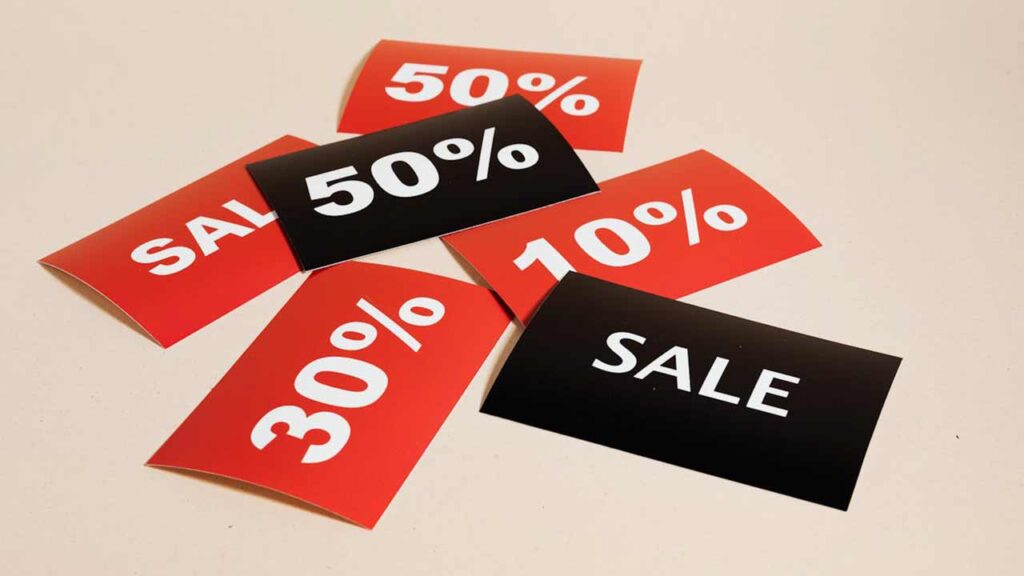With housing affordability still tight, more buyers are eyeing foreclosures as a way to break into the market. On paper, they look like a deal—discounted homes with equity upside. But the pros know it’s not that simple. In 2025, buying a foreclosure still comes with trade-offs. Here’s what real estate investors and agents are saying right now.
Yes, the Discounts Are Still Real

Foreclosures can sell for 10%–30% below market value, especially if the property needs work or has been sitting for a while. According to recent data, some areas are seeing an uptick in distressed properties as higher interest rates push certain borrowers over the edge.
That said, it’s not 2008 all over again. Inventory is limited, and the best deals move quickly. You’ll need cash, patience, and the ability to act fast when something worthwhile hits the market.
The Condition Is Often Worse Than It Looks

Most foreclosed homes are sold “as is,” which means no repairs and no guarantees. Some are still occupied. Others have been vacant for months—or trashed by former owners. What you save in purchase price can quickly disappear in renovation costs.
Experienced investors always budget for surprises. If you’re buying your first home, you’ll need to be extra cautious. A cheap listing can turn into an expensive headache if you skip inspections or underestimate repairs.
The Best Deals Are Often Off-Market

Public foreclosure listings get a lot of attention. But the real pros often work with wholesalers, attorneys, or auction platforms that source deals before they go live. Sites like Auction.com and HUDHomestore.gov are good places to start, but building relationships with local investors can uncover better, quieter opportunities.
Don’t expect Zillow to have the hidden gems. The most profitable foreclosure deals are usually found before they’re widely advertised.
You’ll Need More Than a Pre-Approval

Many foreclosure sellers prefer cash offers or hard money loans because they close faster and don’t require traditional underwriting. If you’re using conventional financing, you may lose out to more flexible buyers—even if your offer is higher.
Some banks also have extra paperwork or longer response times, which can drag the process out. The more prepared you are—financially and logistically—the better your shot at landing a solid deal.
The Exit Strategy Matters

If you’re buying to flip, the margins in 2025 are tighter than they were a few years ago. Materials and labor still cost more, and resale timelines are stretching in some markets. On the flip side, buying a foreclosure as a long-term rental can still work—especially if you buy below market and rent in a high-demand area.
Either way, know your numbers. A good deal only stays good if you factor in all the costs, including holding time, taxes, and unexpected repairs.
The Bottom Line

Buying a foreclosure in 2025 can still be a smart move—but it’s not for everyone. The best deals go to buyers who know the process, expect issues, and have the resources to move fast. If you treat it like a normal home purchase, you’ll likely be disappointed. But if you approach it with the right mindset, there’s real value to be found.

Alexander Clark is a financial writer with a knack for breaking down complex market trends and economic shifts. As a contributor to The Daily Overview, he offers readers clear, insightful analysis on everything from market movements to personal finance strategies. With a keen eye for detail and a passion for keeping up with the fast-paced world of finance, Alexander strives to make financial news accessible and engaging for everyone.


